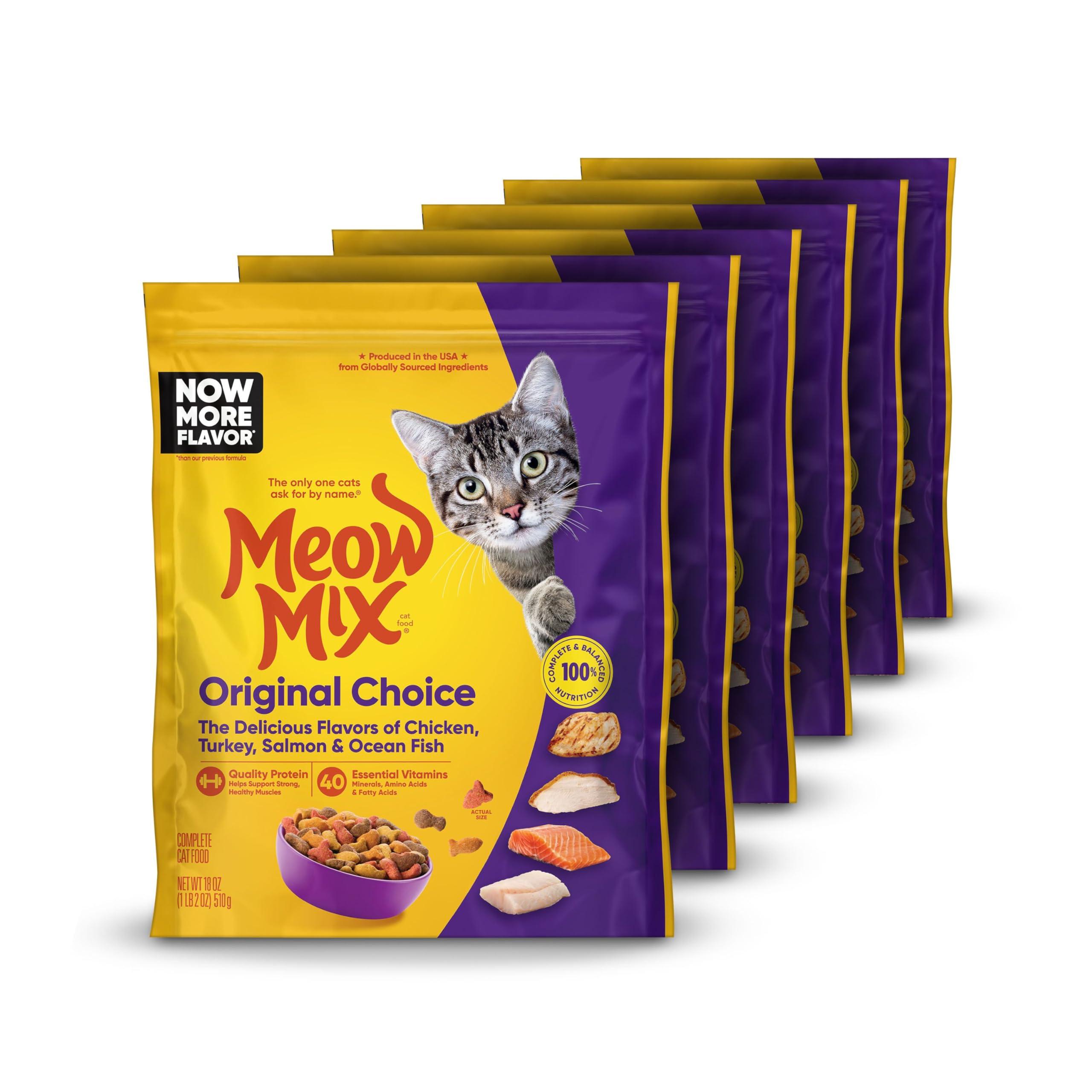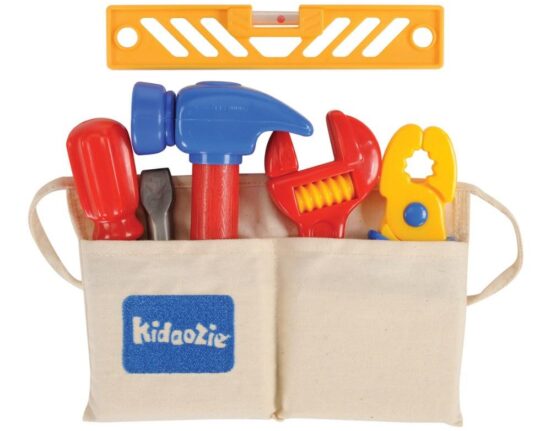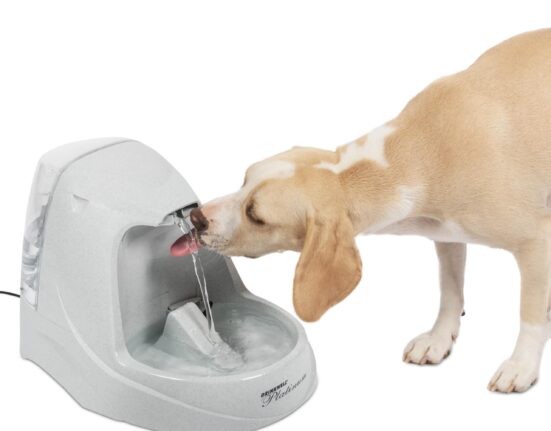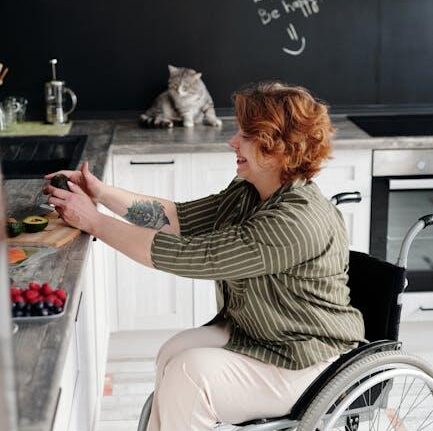In the realm of pet nutrition, the distinction between a healthy feline and one facing digestive challenges can often hinge on the precise formulation of their diet. For cat owners seeking a solution to gastrointestinal issues, Purina Pro Plan Veterinary Diets EN Gastroenteric Cat Food emerges as a noteworthy contender. Designed specifically for the unique needs of cats wiht digestive concerns, this specialized diet aims to promote recovery and maintain overall well-being. In this article, we delve into the science behind this veterinary diet, its key ingredients, and the benefits it offers to our feline companions facing digestive turmoil, illuminating its role in nurturing not just the body, but also the cherished bond between pets and their humans.
Understanding the Nutritional Foundations of Purina Pro Plan veterinary Diets EN Gastroenteric Cat Food
The Purina pro Plan Veterinary Diets EN Gastroenteric Cat Food is meticulously crafted to address the specific nutritional needs of cats with digestive sensitivities. One of its notable features is the incorporation of high-quality proteins that facilitate easier digestion, helping to minimize gastrointestinal stress. This diet also contains a blend of easily digestible carbohydrates which are essential for providing readily available energy while further supporting a healthy gut surroundings. Key ingredients like prebiotic fibers promote beneficial gut bacteria, enhancing the overall digestive health of your feline friend.
Moreover, the formulation is designed to ensure a balanced nutrient profile that caters to the unique requirements of cats recovering from digestive complications. The inclusion of omega fatty acids aids in maintaining skin and coat health, which is often compromised during gastrointestinal disturbances. To help you understand the nutritional strengths of this specialized diet, here’s a simple breakdown:
| Nutrient | Benefit |
|---|---|
| High-Quality Proteins | Supports muscle maintenance and recovery |
| Prebiotic Fibers | Boosts beneficial gut bacteria |
| Omega Fatty Acids | Enhances skin and coat health |
| easy-to-Digest Carbohydrates | Provides speedy energy and reduces digestive stress |

The Role of High-Quality Ingredients in Supporting Feline Digestive Health
When it comes to feline digestive health, the quality of ingredients plays a pivotal role in ensuring that cats receive the nutrients they need without compromising their well-being. High-quality ingredients not only provide essential nutrients but are also easier for cats to digest. Such as, carefully sourced proteins, such as chicken or salmon, offer high biological value, aiding in protein absorption and supporting muscle maintenance. Moreover, the use of specialized fibers helps to regulate intestinal transit time, reducing the risk of constipation and diarrhea, and promoting overall gut health.
Moreover, incorporating a balanced blend of natural ingredients can enhance the palatability and digestibility of cat food. This is particularly crucial for finicky eaters or those with sensitive stomachs.Ingredients that are rich in antioxidants, vitamins, and minerals contribute to a strong immune system, which is closely linked to digestive health.Here are some key ingredients typically found in premium cat foods that support digestive wellness:
- probiotics: Promote a healthy gut microbiome.
- Prebiotics: Serve as food for beneficial gut bacteria.
- Omega fatty acids: Support skin health and reduce inflammation.

Guidelines for Transitioning Your Cat to a Gastroenteric Diet
Transitioning your cat to a gastroenteric diet should be a gradual process to ensure their digestive system adjusts smoothly. Start by mixing a small amount of the new diet with their current food, gradually increasing the proportion of the gastroenteric diet over a week. Here are some tips to facilitate this transition:
- Day 1-3: Mix 25% gastroenteric diet with 75% current food.
- Day 4-6: change to a 50/50 ratio of the new diet and current food.
- Day 7-10: Transition to 75% gastroenteric diet with 25% current food.
- by Day 11: Cats should be fully transitioned to the new diet.
During this period, monitor your cat for any gastrointestinal disturbances such as vomiting or diarrhea. Its not unusual for some cats to take longer to adjust, so patience is key. If issues arise, revert to the previous food for a couple of days and then attempt a more gradual transition. Here’s a brief look at potential signs of adjustment:
| Observation | Action |
|---|---|
| Soft stools | Slow down the transition, give more time. |
| Vomiting | Revert to previous diet temporarily, consult your vet. |
| Normal behavior | Continue the transition process as planned. |

Monitoring Your Cat’s Response: signs of Improvement and When to Consult a Veterinarian
As you begin the transition to Purina Pro Plan Veterinary Diets EN Gastroenteric Cat Food, it’s crucial to monitor how your feline friend reacts to the diet. You will want to look for signs of improvement that indicate your cat’s digestive troubles are resolving. Keep an eye out for the following behaviors and physical changes:
- Increased energy levels
- More regular and healthy bowel movements
- Improved appetite and interest in food
- Reduction in vomiting or regurgitation
- Positive changes in weight or muscle tone
Though, if you notice any of the following persistent symptoms, it might potentially be time to consult your veterinarian for further guidance:
- Continued vomiting or diarrhea after 48 hours
- Signs of dehydration (dry gums, lethargy)
- Unexplained weight loss
- Abdominal pain, bloating, or discomfort
- Behavioral changes such as hiding or aggression
Tracking these signs can definitely help ensure your cat’s digestive health is on an upward trajectory. Always remember, your veterinarian is the best resource for determining the necessity of dietary adjustments or medical intervention.
In Conclusion
Purina Pro Plan Veterinary Diets EN Gastroenteric Cat Food stands as a commendable choice for cat owners seeking to support their feline friends’ digestive health. With its carefully formulated blend of easily digestible ingredients and essential nutrients, this diet not only addresses gastrointestinal issues but also contributes to overall well-being. as every cat is unique, it’s vital to consult with your veterinarian when considering meaningful dietary changes. By prioritizing your cat’s nutritional needs,you can help ensure a happier,healthier life for your furry companion. As we continue to learn more about feline nutrition, products like these pave the way for better digestive health and enhanced quality of life for our beloved pets.















Leave feedback about this